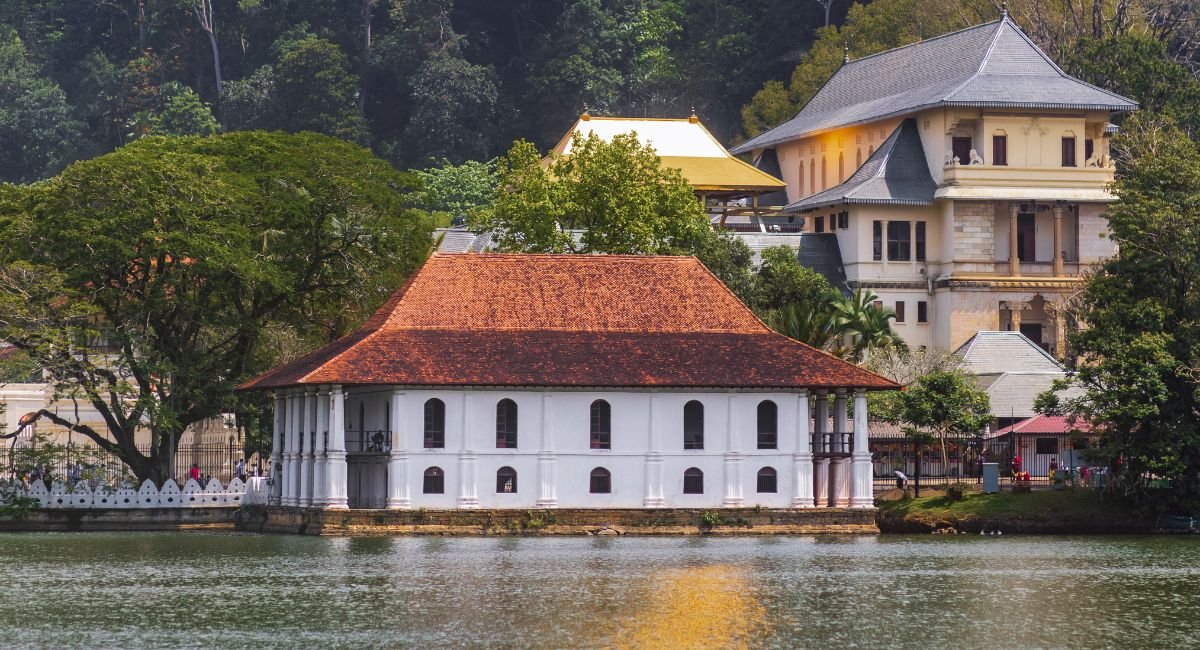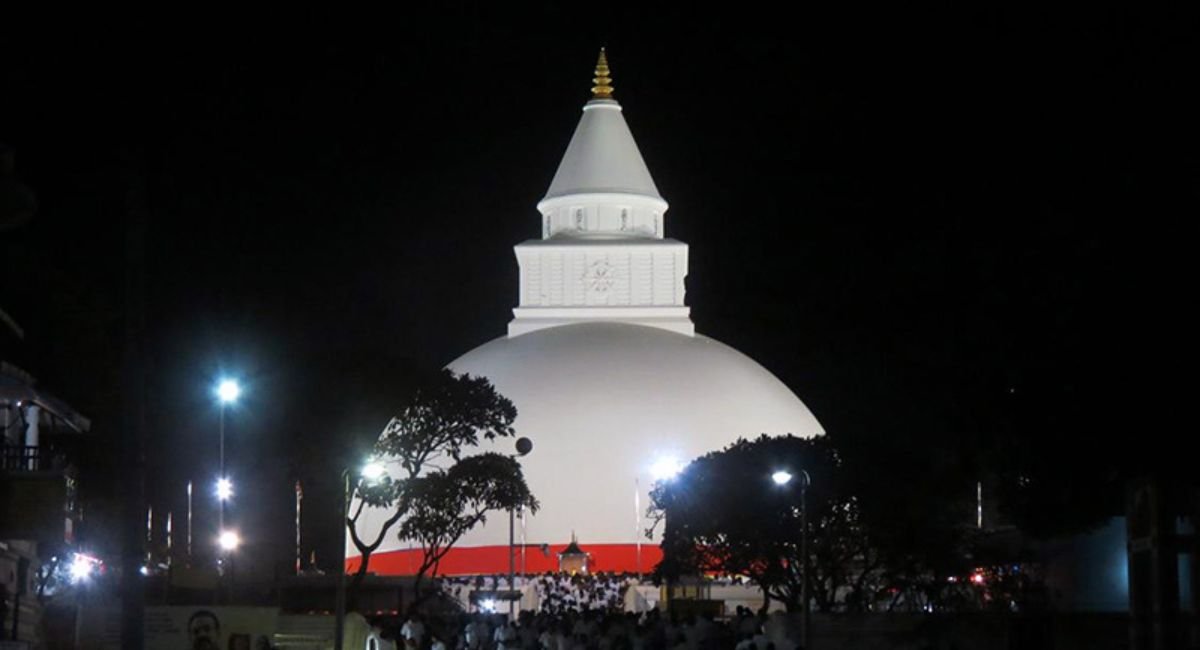The Temple of the Sacred Tooth Relic, locally known as Sri Dalada Maligawa, is one of the most revered religious sites in Sri Lanka and a significant cultural landmark. Located in the heart of Kandy, this iconic temple houses the sacred tooth relic of Lord Buddha, attracting pilgrims and tourists from around the globe. In this article, we delve into the rich history, cultural significance, and travel tips to make your visit to this sacred site truly memorable.
About the Temple of the Sacred Tooth Relic
The Temple of the Sacred Tooth Relic (Sri Dalada Maligawa) is a UNESCO World Heritage Site and a spiritual epicenter for Buddhists worldwide. The temple is not just a place of worship but also a symbol of Sri Lanka’s heritage and identity. Its grandeur lies in its stunning architecture, intricate carvings, and the deeply spiritual aura it exudes.
Where is the Temple Located?
The Temple of the Sacred Tooth Relic is situated in the historic city of Kandy, nestled amidst the Central Highlands of Sri Lanka. Kandy is a vibrant city known for its scenic beauty, cultural festivities, and colonial charm. The temple is located near the serene Kandy Lake, adding to its tranquil ambiance.
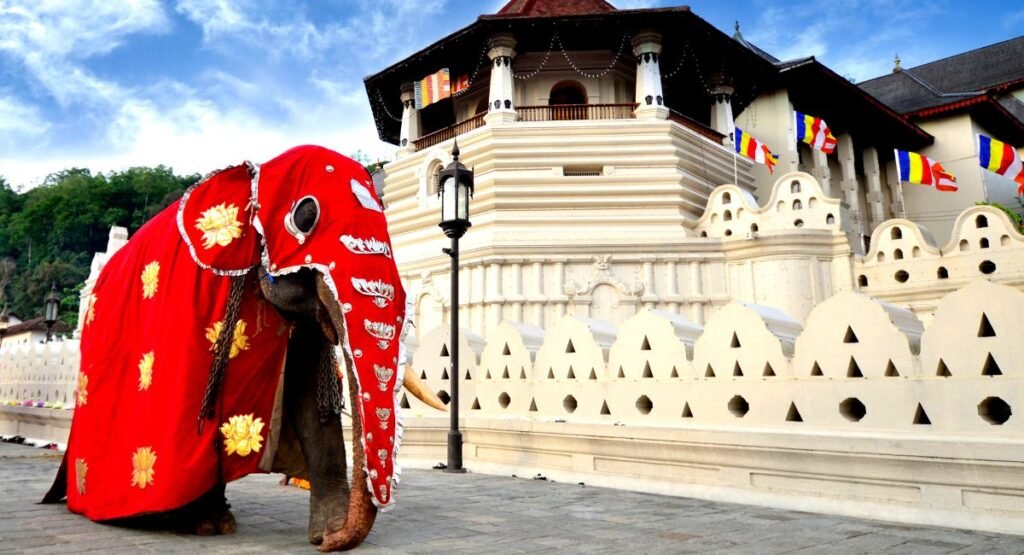
History of the Temple
📙Origin of the Tooth Relic
The sacred tooth relic of Lord Buddha was brought to Sri Lanka in the 4th century CE by Princess Hemamala and Prince Dantha, who hid it in their hair to protect it from enemies. The relic has since been considered a symbol of power, with the belief that whoever holds the relic has the right to rule the country.
📙Construction of the Temple
The current structure of the temple was built during the reign of King Vimaladharmasuriya I (1592-1604), although it has undergone renovations and expansions over the centuries. Successive kings added various elements to enhance its grandeur, including the moat, octagonal pavilion, and golden canopy.
📙Colonial Influence and Preservation
During colonial times, the temple faced several threats, including invasions and destruction. However, it was carefully preserved and restored by subsequent rulers and the Buddhist community, ensuring its legacy remains intact.
Significance of the Temple
The Temple of the Sacred Tooth Relic is much more than a place of worship. It holds immense religious, cultural, and political significance:
- Religious Importance: The relic is considered one of the most sacred objects in Buddhism, and the temple is a site for rituals and ceremonies performed daily.
- Cultural Heritage: The temple is a symbol of Sri Lanka’s rich cultural heritage, showcasing traditional Kandyan architecture and art.
- Esala Perahera Festival: This annual procession is one of the grandest Buddhist festivals in the world, where the sacred tooth relic is paraded through the streets of Kandy with dancers, drummers, and elephants.
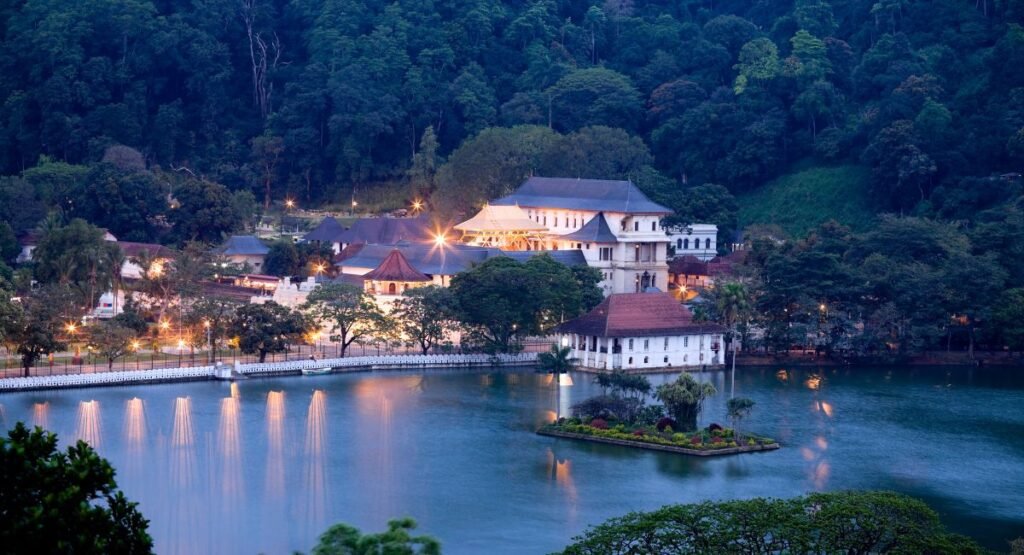
What You Should Know Before Visiting
📙Dress Code
Visitors are required to dress modestly. Wear attire that covers your shoulders and knees as a mark of respect for the sacred site.
📙Etiquette
- Remove your shoes before entering the temple premises.
- Speak softly and maintain a respectful demeanor.
- Avoid pointing at sacred objects or taking inappropriate photos.
📙Best Time to Visit
The temple is open year-round, but the best time to visit is during the early morning or late evening rituals. For a unique experience, plan your visit during the Esala Perahera festival, typically held in July or August.
📙Entry Fees
Foreign visitors are required to pay an entry fee. This fee contributes to the maintenance and preservation of the temple.
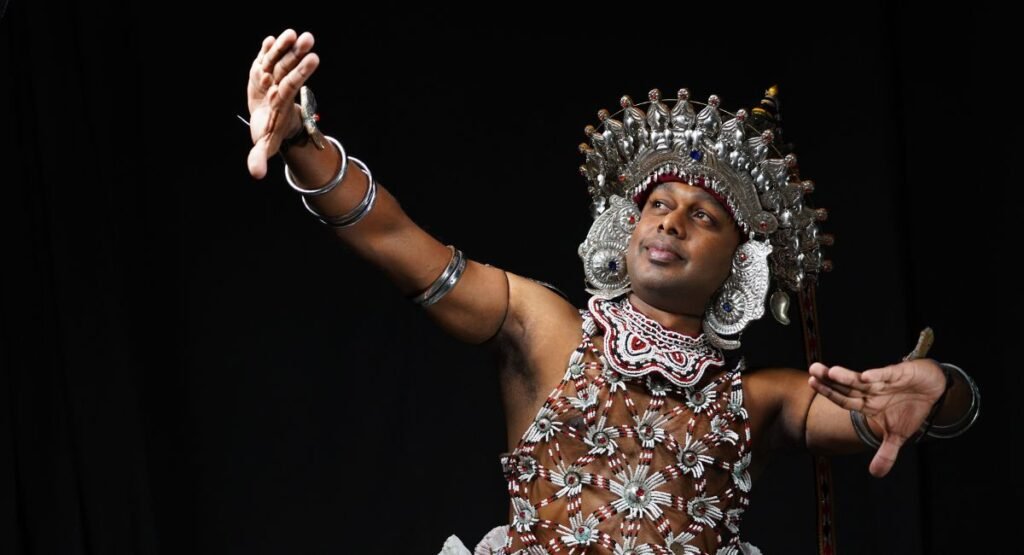
How to Reach the Temple
📙By Air
The nearest international airport is Bandaranaike International Airport (CMB) in Colombo. From there, you can travel to Kandy by train, bus, or car.
📙By Train
Trains from Colombo Fort to Kandy offer a scenic journey through Sri Lanka’s lush countryside. The journey takes approximately 2.5 hours.
📙By Bus
Frequent buses operate between Colombo and Kandy, providing an affordable travel option. The trip takes about 3-4 hours.
📙By Car
For a comfortable and flexible option, hire a private car or taxi. The drive from Colombo to Kandy via the A1 Highway takes around 3 hours.
Exploring the Temple Complex
📙The Inner Shrine
The heart of the temple, where the sacred tooth relic is enshrined in a gold casket, is a spiritually uplifting experience for visitors.
📙Audience Hall (Magul Maduwa)
This beautifully carved wooden hall was used for royal ceremonies and is a testament to the artistry of Kandyan architecture.
📙Kandy Lake
A walk around the tranquil Kandy Lake, located adjacent to the temple, offers a moment of serenity and picturesque views.
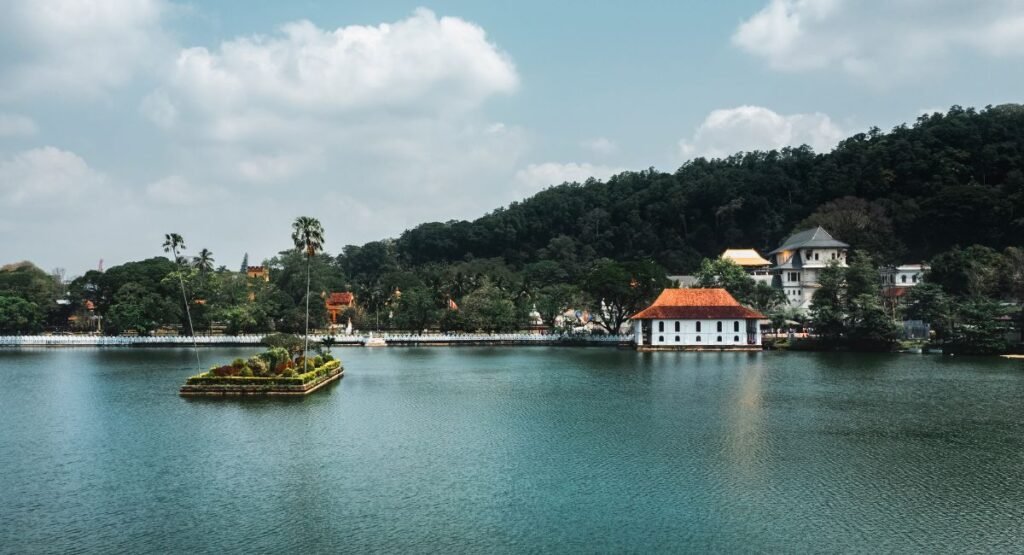
Tips for a Memorable Visit
- Plan Ahead: Arrive early to avoid crowds and enjoy the temple’s serene atmosphere.
- Local Guide: Hire a knowledgeable local guide to gain deeper insights into the temple’s history and significance.
- Photography: While photography is allowed in some areas, be mindful of signs indicating restricted zones.
Conclusion
The Temple of the Sacred Tooth Relic is not just a place of worship but a symbol of Sri Lanka’s cultural and spiritual identity. Its stunning architecture, profound history, and sacred ambiance make it a must-visit destination for anyone exploring the island. Whether you’re a history enthusiast, a spiritual seeker, or a cultural traveler, a visit to this iconic temple will leave you with memories to cherish for a lifetime. Plan your trip to Sri Dalada Maligawa and experience the essence of Sri Lanka’s rich heritage.
Best Tours near Kandy
Discover the best tours in Sri Lanka, where every journey unveils a new wonder. Explore ancient ruins, lush tea plantations, golden beaches, and vibrant wildlife. Experience the magic of this tropical paradise like never before!
Best Hotels near Kandy
Experience luxury and comfort at the best hotels in Sri Lanka. From serene beachfront resorts to charming hill-country retreats, enjoy world-class hospitality, stunning views, and unforgettable stays tailored to your every need.


